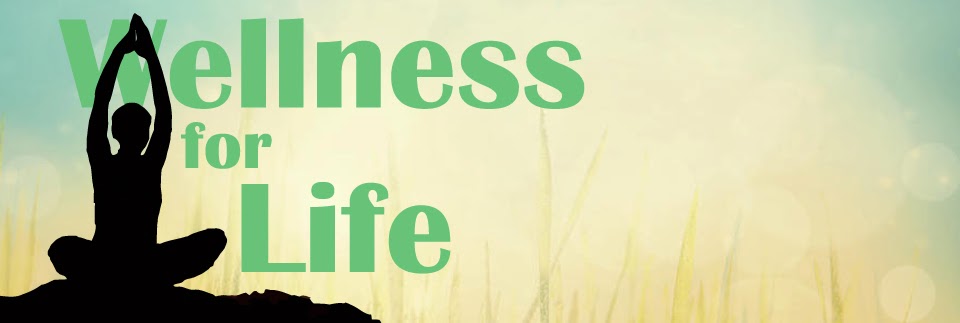Procedure
Awareness
- Progressively assume the final position of Ardh Shirshasan, steps v-vii.
- Take 2-3 small steps forward; then while inhaling (Radhey), bend your legs at the knees and slowly raise them one by one—off the floor.
- Gently, straighten your legs; try to balance on the crown and forearms.
- In the final state, make sure your head rests at the bottom on the floor while the feet on the top.
- Stay in this position to your comfort with normal breathing.
- Exhaling (Krishna), gradually bend the legs at the knees and carefully lower them to the floor—returning to the final position of Ardh Shirshasan.
- Then inhaling (Radhey), drop your knees to the floor and raising your upper body to erect position, return to Vajrasan.
- Perform all these steps unhurriedly and steadily; do not rush or make any rash movements.
- Finally, come into Shashankasan and relax for a while.

Awareness
- On the balance in the last state
- On spontaneously remembering “Radhey Krishna” with your breaths and feeling Their presence everywhere
- Shirshasan—one of the challenging poses—increases the blood circulation to the brain and pituitary glands, which boosts up the nervous system and memory power.
- It is considered as the king of the asans because of its immense benefits.
- As it corrects disorders related to the reproductive system, it produces a tremendous impact on women’s health.
- The weight of the abdominal organs in the diaphragm during its practice causes rapid exhalation, resulting in the expulsion of carbon dioxide, toxins, and bacteria.
- Also, it rectifies asthma, hay fever, diabetes, and menopausal imbalances.
- Person with high blood pressure, heart disease, swollen ears, acute asthma, weak eye blood vessels, vertebral problems, myopia, and weak blood vessels in the body should avoid it.

No comments:
Post a Comment